Description
It is a prolific plant that thrives in places where nothing else will grow. Galen, the second-century physician-herbalist, called chicory a “friend of the liver.” The seeds, leaves and root have cardiac, carminative, cordial, depurative, digestive, hypoglycemic, laxative and tonic properties and are useful as a brain tonic and for headache, asthma and bilious vomiting. It is an acclaimed hepatoprotective and, is used in hepatic enlargement, sluggishness, jaundice, fever, vomiting and abdominal pain. Cleanses the urinary tract. It can lower pulse rate and reduce cholesterol levels. It has cholagogue and antiinflammatory properties and is useful in rheumatic condition and gout. Checks bilious enlargements of the spleen with general oedema. It contains 45-60% inulin, a phytochemical that bucks up the immune system and also which can lower levels of blood cholesterol. It increases basal metabolism, which must be the reason why it is a favourite drink amongst students and hard workers. It acts on the central nervous system and heavy doses can generate giddiness and sleep. It is proven to be an instant energiser, which is why it is recommended in the convalescence stage i.e. the period of recovery after the termination of a disease or an operation.
Women who suffer from premenstrual syndrome (PMS) may find that regular use of chicory root as a bitter and a liver tonic may assist in maintaining hormone balance and lessening the symptoms of PMS. Chicory also supports the body’s ability to absorb calcium, a nutrient that helps build and maintain strong teeth and bones. The inulin encourages the growth of bacteria needed for the intestines to work properly. Chicory, therefore, can help to prevent and treat problems such as sluggish digestion, gastric ulcers and flatulence.
Habitat of Chicori
The plant is a native of Europe which later spread to other parts of world. In Pakistan and India the plant is found in North West and South East part.
Part used– Leaf, Root and Seed
Dosage
Powder of seed- 3 to 6 g
Juice of leaf- 10 to 20 ml
Root powder- 3 to 5 g
Contraindication
This herb is contraindicated during pregnancy or lactation.
Cichorium Intybus Description
Chichorium intybus is a kind of herbal plant that bears bright blue flowers. Its stature is usually erect and woody. However apart from its beauty which is indeed noteworthy, the plant has much more to its credit.
It is popularly known as chicory and sometimes also referred to as blue sailors or succory. This plant has many varieties that are cultivated throughout the world. Chicory is native to Europe, Australia, New Zealand, northern and southern Africa and America.
The chicory root is significant for its use as a coffee substitute and additive. Furthermore its leaves are used in the preparation of salads and can also be cooked and eaten.
Chichorium Intybus is also regarded as a miracle herb that has been famous ever since for its medicinal uses.
The beauty of the Chicory plant is as mystic as the legends associated with it.
Stem: When the plant starts to bloom, the stems appear sturdy, grooved and more or less hairy. These stems are approximately 30-100 centimeters in height.
Leaf: The plant leaves do not have lobes and are narrow and tapering, somewhat like a pointed apex in appearance. Another noteworthy characteristic about the leaves is that they are stalked.
Flower: The flowers of the chichorium intybus appear bright blue, with a hint of purple color. However in rare scenarios the flowers may also be white or pink. The pretty flower heads are about 2-4 centimeters wide. The two rows of bracts protecting the inflorescence are conspicuously evident with the long and erect inner bracts and comparatively shorter outer bracts. The plant blooms in the time period between July and October. It is interesting to note how these flowers open up and expand in the morning and close up as noon approaches. It is also equally astonishing how each bloom can last only for one single day!
Fruit: The fruits or achenes are distinguished by the toothed scales on the apex. These plant fruits do not have calyx or feathery hairs on the body.
Cichorium Intybus Habitat
These plants grow in a variety of habitats including open fields, fallow land, ditches and even along roadsides. Chichorium intybus is a very pretty plant.
It has a long tap root resembling the dandelion. Chicory plant is draught resistant owing to its long taproots. Full sun and well drained soil is vital for the growth of the plant.
Chichorium Intybus History
The chicory plant has been associated with a rich history that dates back to the ancient Egyptian times. Ancient Egyptians held that consuming this herb could lead to purification of the blood and liver. Many also associated chicory with properties that could cure the so called ‘passions of the heart’.
The chicory roots were consumed as a boiled or raw vegetable by ancient Romans to get relief from liver problems.
This legendary herb also finds a place in some of the earliest works of literature. Horace refers to it as a part of his ‘simple’ diet.
Chichorium intybus was significant for its use as a substitute for coffee, right from the Napoleonic Era. Down the years, there are records of Confederate soldiers using chicory for similar purpose during the American Civil War. This was how this popular coffee substitute got introduced in the United States. The era of the Second World War, popularized Camp Coffee, a rich coffee and chicory essence to the United Kingdom.
Furthermore the monks of the Medieval Period cultivated this plant before it got introduced to the European continent.
The discovery of the chicory root as a substitute for the bean drink was a breakthrough in the United States. As such the addition of chicory roots to coffee became a patent American tradition.
Today the Food and Agricultural Organization (FAQ) lists chicory as a plant native to the regions of Europe, western Asia and North Africa.
What secures the plant the age old term of a magic herb, is its association with ancient folklores. This miracle herb stirs ones’ curiosity and interest with folktales that has witches using this flower to transform into rabbits/hares! The romantic concept of the Blue Flower owes its inspiration to the chicory. European folklore has it that this plant had powers to unlock hidden doors.
Medicinal Uses of Chichorium Intybus
The medicinal properties of this plant were known to mankind since the ancient times.
- This herb is recommended to be consumed for the health disorders like rheumatism, gallstones, appetite loss, gout, jaundice and problems related to the spleen.
- Compressed chicory leaves can be highly effective in swellings and skin irritations.
- Regular intake of the roots of the plant have resulted in evident decline of the symptoms of PMS or premenstrual syndrome, by maintaining hormonal balance in a woman’s body.
- Consuming this plant can actually boost the body’s ability to absorb vital nutrients like calcium that are essential for health.
- Folklore has it, that chichorium intybus can turn out to be an excellent laxative stimulating the evacuation of faeces, especially for children. Furthermore this herb was also believed to have properties that could eliminate fluid from our body, thereby providing relief from gout and rheumatism.
- Vegetable salads comprising of chicory leaves, maybe bitter in taste but can work wonders for your liver. In fact the herb has properties that can destroy intestinal parasites and hinder the growth of candida.
- Chicory also functions as an excellent blood purifier if taken regularly.
- The herbal tea produced from the leaves and roots of this plant can act as a remedy for appetite loss. Apart from being a great beverage, this tea could turn out to be a much required tea for your stomach.
- Chicory extract can help lower blood sugar levels.
Chichorium Intybus How to Grow?
The first step is to prepare the soil. Though this plant is adaptable to any kind of soil, it grows best in the type of soil that is well-drained and rich in nutrients. You can also add manures and organic fertilizers in order to enrich the soil.
The seeds are to b sown maintaining a distance of 1 foot each. The time period from spring to early summer is ideal for sowing the chicory seeds.
Once the crop sprouts you are recommended to thin the seedlings thereby rechecking an maintained distance of 1 foot between each of them. You will notice that the plant germinates within 1-3 weeks.
Lastly you have to take regular care of the sprout by making sure that it is free of weeds. Make sure you water the plant on a regular basis as well. After a period of four months, the plant is ready to be harvested. You can make usage of the plant root after the plant is harvested.
Chichorium Intybus Leaves Edible Usage
The leaves of the chicory are edible. As a matter of fact despite the bitterness, these leaves are used in many cuisines home to different countries of the world like Italy, Greece, Spain and Turkey. The Lingurian cuisine home to Italy that is prepare using wild chicory leaves goes by the name of preboggion. These leaves are also an important ingredient in Greek cuisine ‘horta’.
Usually the leaves are parboiled in order to reduce the bitterness. Thereafter which you can sauté the leaves with garlic and other ingredients. You can also try this combination with pasta and other kinds of meat dishes.
Chichorium Intybus Root Edible Usage
The root extracts of the plant accounts for the beverage known as chicory tea. In fact this plant is cultivated in the European continent solely for this popular coffee substitute. Prior to being use as a coffee substitute the roots are baked and ground.
This part of the plant’s usage as a coffee substitute and additive is common to many parts of the world like India, Pakistan, South Africa, southern United States and certain regions of Southeast Asia
Chichorium Intybus: Animal Usage
This plant forms an excellent low fiber diet for hoofed mammals or livestock. It is also easily digested by these animals. The presence of a good amount of protein and fats in chicory roots makes it a perfect substitute for oats in the diet for horses.
How to Prepare Cichorium Intybus?
You can prepare chicory leaves in any way that suits you best. As such you can slice the leaves or leave them whole. Please note that it is important to get rid of the limp, cracked or discolored leaves. It is also recommended to brush the leaves with lemon juice to prevent discoloration
How to store Cichorium Intybus?
It is recommended to store chichorium intybus leaves preferably in a perforated bag inside are a refrigerator.
Chichorium Intybus Availability
This herbal plant is available almost throughout the year. However its peak British season lasts from January to mid march.
Chichorium Intybus Side Effects
There aren’t any serious side effects of this herb as such.
However minor side effects like skin irritation could be encountered if the plant is handled by bare hands. Treat the affected areas that have a tendency to become red with an antiseptic cream. As such you are recommended to use hand gloves in the process of handling the chicory plant.
It has also been reported that consuming an over dose of chicory tea may have the tendency to adversely affect the central nervous system; impairing the reaction ability of individuals.
کاسنی، تخم کاسنی
ماہیت ۔
جنگلی کاسنی کا پودا ساڑھے تین سے چھ فٹ تک اونچا ہوجاتاہے۔تنا جھری دار اور دھاریوں والا ہوتاہے۔اس کی بہت سی شاخیں ہوتی ہیں ۔پتے کھردرے تین سے چھ انچ لمبے سبز اور پالک کی شکل کے ہوتے ہیں ۔اور ذائقہ میں کاشت شدہ سے زیادہ تیز ہوتے ہیں ۔اس کی جڑ گاودم گودے دار باہر سے مٹیالی اندرسے سفید ہوتی ہے۔اگر کاسنی سبز نہ ملے تو اس کے بیج زمین کے اندر بو دیں ۔دو چار دن کے اندر پیداہوجاتے ہیں ۔اس کی دو اقسام ہیں ۔ایک کاشت شدہ دوسری جنگلی ۔
مزاج ۔ سبز پتے سرد تر۔۔۔۔پتے سرد تردرجہ اول۔
افعال ۔ مدربول مقوی جگر و معدہ مصفیٰ خون مسکن حرارت صفراء محلل اورام حارہ مفتح سدد ، ضماداً۔اورام جارہ مبرد رادع اور مسکن۔
استعمال بیرونی ۔
کاسنی سبز کے پانی میں صندل کو گھس کر گرم دردسر کو زائل کرنے کیلئے طلاء کرتے ہیں آشوب چشم میں سرکہ اور گلاب کے ہمراہ آنکھ کے گردلگاتے ہیں ۔آرد جو کے ہمراہ وجع المفاصل نقرس میں ضماد کرتے ہیں ۔ورم جگر اورورم معدہ میں اس کے پانی میں ادویہ کو پیس کر لیپ کرتے ہیں ۔
جڑ کاسنی ۔
اگر منہ اور ہاتھ پاؤں پر تہج ہوتو اس کے استعمال سے جاتارہتاہے۔
استعمال خوردنی ۔
شربت شہتوت کے ہمراہ اورام احثاء مثلاًورم جگر ورم معدہ اور ورم طحال کو تحلیل کرنے کے علاوہ ورم حلق اور خناق میں کاسنی کا پانی نکال کر شربت شہتوت ڈال کر غرغرے کریں ۔ورم جگر و طحال یرقان استسقاء اور معدے و جگر کے سوزش اور حرارت کو رفع کرنے کیلئے مغز املتاس یا مناسب ادویہ کے ہمراہ پلانے سے سوزش کو دور کرتاہے۔آب کاسنی میں سکنجین ملاکر تقویت معدہ کے علاوہ مدربول ہونے کی وجہ سے پیشاب کھل کر آنے سے پیشاب کی نالی کو صاف کرتی ہے۔
آب کاسنی اندرونی طور پر مروق کرکے پلایاجاتاہے۔اس کی ترکیب یہ ہے جب جھاگ الگ ہوجائے تو صاف پانی چھان کر استعمال کیاجاتاہے۔اسی آب کاسنی معروق کہتے ہیں ۔
آب مروق کاسنی چارتولہ کا پینا ورم معدہ و جگر کو تحلیل کرتاہے۔کیونکہ اس میں ورم کی وجہ سے جمع شدہ غلیظ خون کو رقیق کرنے کی طاقت ہوتی ہے ۔ اور حمیات مزمنہ میں استعمال کیاجاتاہے۔
تخم کاسنی۔بدمزہ ہونے کی وجہ سے کبھی متلی اور ابکائی پیداکرتے ہیں ۔حمیات صفراویہ میں دیگر ادویہ کے ہمراہ کاشیرہ نکال کر پلاتے ہیں ۔کاسنی کی جڑ ان افعال کے علاوہ حمیات بلغمیہ میں بطور منضج بکثرت استعمال کی جاتی ہے۔اندرونی شکمی اعضا کے ورم کو رفع کرتی ہے۔یہ سرد مزاج والوں کو مضر نہیں ۔
فوائد خاص ۔ حرارت کو تسکین دیتی ہے ۔
مضر۔ کھانسی کیلئے ۔
مصلح ۔ چینی ،شربت بنفشہ ۔
بدل ۔ آب برگ خطمی تازہ ماخبازی تازہ ۔
نوٹ ۔ بعض لطیف اجزاء دوائیہ پتے کی بلائی سطح پر ہوتے ہیں ۔اس لئے کاسنی کے پتوں کودھوئے سے یہ ضائع ہوجاتے ہیں لہذا سبز کاسنی کو دھو کر استعمال نہ کریں ۔
کاسنی دنیا بھر کے گرم ممالک کی ایک خودروجڑی بوٹی ہے۔ موسم بہار کی یہ خوبصورت جڑی بوٹی خود بخود پھلنا پھولنا شروع ہو جاتی ہے اور گرمی بڑھنے کے ساتھ ساتھ بڑھتی اور پروان چڑھتی جاتی ہے۔ کاسنی کی دریافت کا سہرا یونانی حکیموں کے سر ہے۔ اس لئے اس جڑی بوٹی کی کاشت اور پرداخت میں ہمیشہ مشرق کے حکیموں کا ہاتھ رہا اور وہی اس قیمتی جڑی بوٹی کے دوائی اور شفائی فوائد سے زیادہ بہرہ مند ہوتے ہیں۔ مئی اور جون کے دنوں میں کاسنی کے خوشنما اور آسمانی رنگ کے پھول عجب بہار دکھاتے ہیں مگر مغرب میں کاسنی پر زیادہ توجہ نہیں دی گئی۔ کاسنی کے پتے پالک کی طرح چوڑے اور کٹاﺅ دار ہوتے ہیں۔ یہ جڑ سے چوڑے اور کونے پر تکون بناتے ہوئے باریک ہوتے جاتے ہیں۔ کاسنی ایک زود اثر غذا اور دوا ہے۔ اسے جڑی بوٹی اور سلاد کی حیثیت سے بھی استعمال کیا جاتا ہے اس کے نباتاتی اور کیمیائی اجزاءیہ ہیں۔
ایک سو گرام پتوں میں رطوبت 93فیصد، پروٹین 1.7 فیصد چکنائی0.1فیصدریشے 0.9فیصد، کاربوہائیڈریٹ 4.3 فیصد۔کاسنی میں معدنی اور حیاتینی اجزاءمثلاً فولاد، کیلشیم، پروٹین ،فاسفورس، تھایامین، ریبو فلاوین، نایاسین اور وٹامن سی شامل ہیں۔ اسکی غذائی خصوصیت 20کیلوریز ہے۔کاسنی کے پتوں کے علاوہ جڑوں میں بھی قدرت نے شفا بخش اجزاءرکھے ہیں۔ اسکے بیجوں میں خوشبودار تیل ہوتے ہیں جبکہ جڑوں میں پوٹاشیم نائٹریٹ اور سلفیٹ، گوند کے علاوہ تلخ مادے ہوتے ہیں۔ کاسنی کے پھولوں میں ایک خاص قسم کا گلوکوسائیڈ اور کڑوا مادہ ہوتا ہے۔ کاسنی تقریباً دو ہزار سال قبل مسیح میں کاشت ہوئی تھی۔ قدیم یونانی اور رومن اسکی افادیت سے آگاہ تھے اور معالجین خاص اور عام امراض میں اسے استعمال کرتے تھے۔کاسنی کے پھولوں سے بنی ہوئی چائے جلد کے نکھار اور نشوونما کیلئے استعمال ہوتی تھی۔
شفائی اثرات
کاسنی کا خاص فعل اندرونی اعضاءکے سدے کھولنا ،انکا ورم دور کرنا اور مساموں کو کھول کر بدن کے زہروں کو دور کرنا ہے۔ ہمارے بدن کا سب سے بڑا غدود جگر ہے۔ ہر دم خون صاف کرتا اور صفراوی رطوبت کو خون سے جدا کر کے پتے میں ذخیرہ کرتا ہے۔ جب جگر میں ورم ہو جائے، ہاتھ پیر سوکھ جائیں، پیٹ میں پانی جمع ہو جانے سے جلندھر بیماری ہو جائے یا گردے خراب ہونے سے آنکھیں پھولی اور سوجی ہوئی نظر آئیں تو کاسنی اس کا شافی علاج ہے۔
ورم، یرقان کا علاج
اگر پیشاب کی وجہ سے گردوں پر ورم آجائے اور زہریلے مادے صاف نہ کریں اور آنکھوں میں بھی ورم کے آثار ہوں تو ان سب کے لئے کاسنی کے پتوں کا پانی ایک چھٹانک سے تین چھٹانک تک شکر سرخ یا شربت بزوری ملا کر صبح کے وقت پلانے سے ایک دو ہفتوں میں فائدہ ہو گا۔
دل کی دھڑکن
دل زور زور سے دھڑکنے لگے اور دھڑکن سے چلنا پھرنا مشکل ہو جائے، کمزوری میں زیادتی ہو جائے تو سبز کاسنی ڈیڑھ چھٹانک، سبز دھینا ایک تولہ دونوں کا پانی نکال کر گاجر کے مربے کے شیرے سے میٹھا کر کے اس کے ساتھ کشتہ صدف صادق دورتی سے چار رتی تک چند روز تک استعمال کرنے سے خدا کے فضل سے دل کو صحت ہو گی۔ اگر دھڑکن تیز ہو تواس وقت برادہ صندل سفید کے ساتھ دل کے مقام پر لیپ کرنے سے فوراً تسکین ہو جاتی ہے۔
دمہ کے لئے مفید دوا
ماحولیاتی آلودگی کے باعث دمہ کا مرض دن بدن بڑھ رہا ہے۔ اس مرض کا سستا علاج کاسنی میں پوشیدہ ہے۔ گاجر، اجمود اور کاسنی کے جوس ملا کر پینے سے دمہ میں افاقہ ہوتا ہے۔ البتہ اس کے ساتھ نشاستہ دار غذائیں اور دودھ ترک کرنا پڑتا ہے۔ کاسنی کی خشک جڑوں کا سفوف نصف چائے کا چمچ شہد کے ساتھ ملا کر روزانہ تین بار کھانے سے سانس کی بیماریوں سے نجات ملتی ہے۔
خون کی کمی
خون کی کمی کے مرض میں مبتلا افراد کے لئے کاسنی کو اجمود اور اجوائین کے ساتھ ملا کر استعمال کیا جائے تو یہ مرض ختم ہو جاتا ہے اور صحت مند خون پیدا ہوتا ہے۔




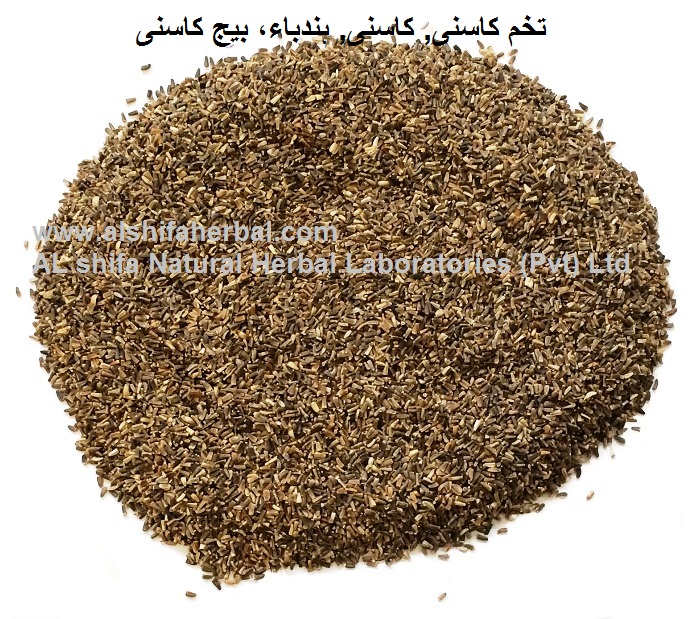


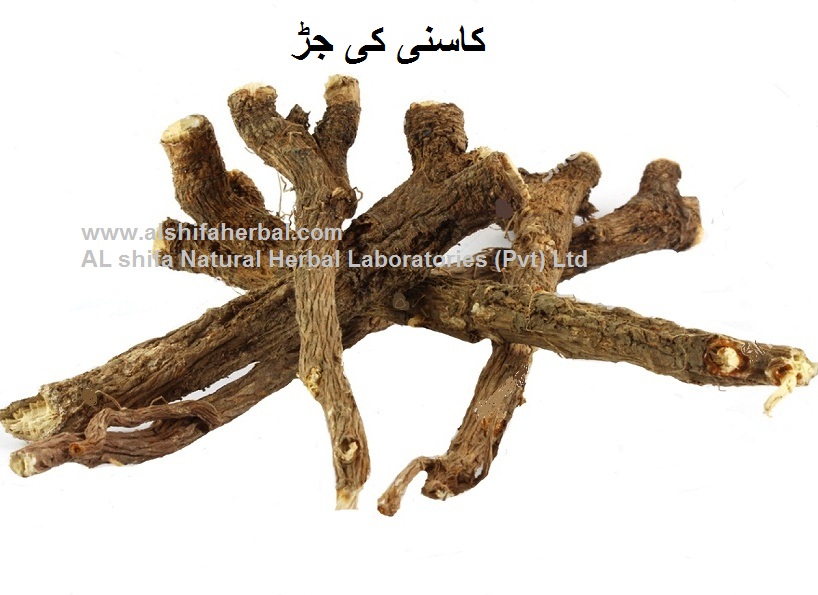
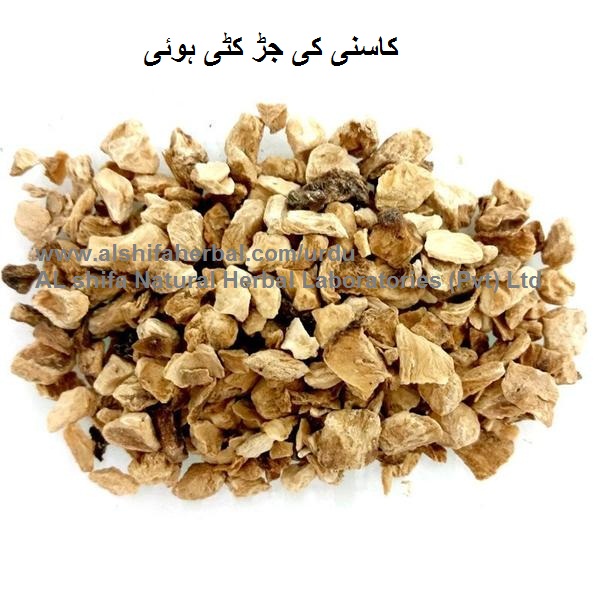
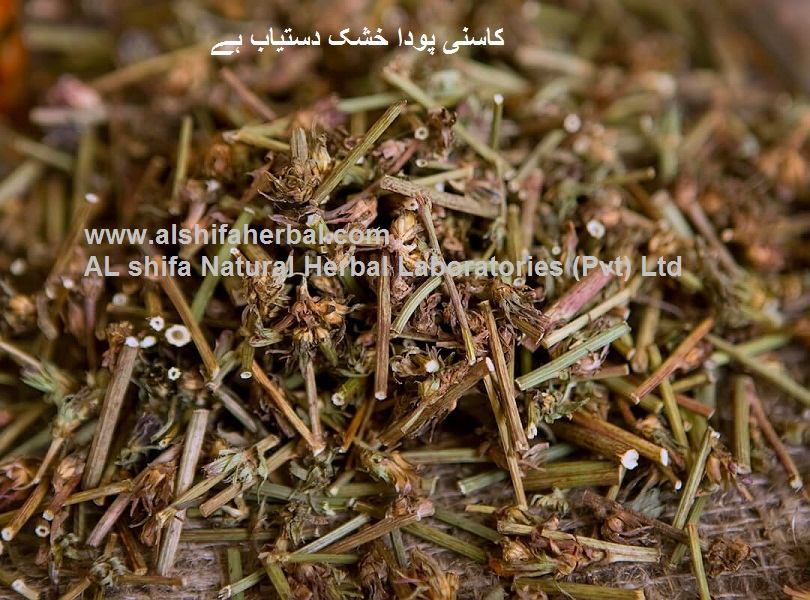









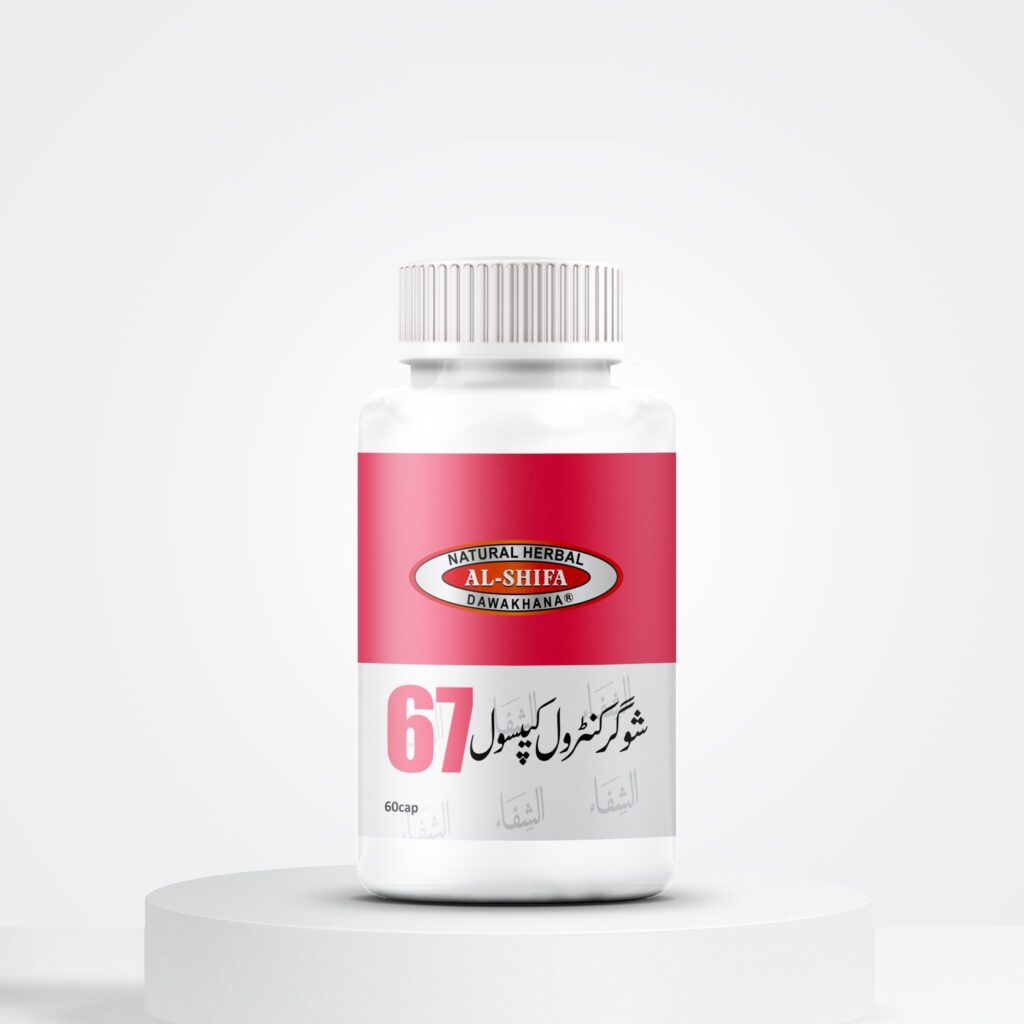
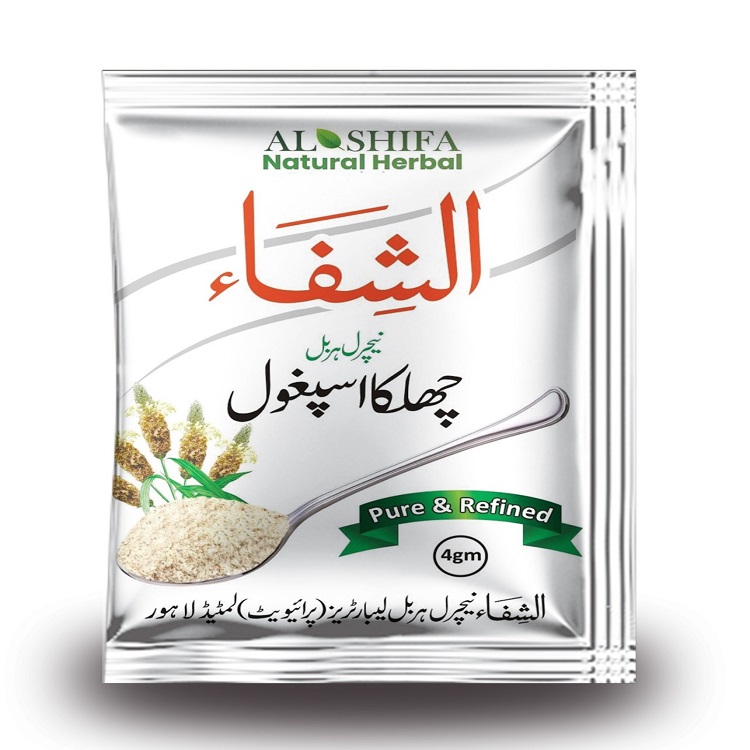



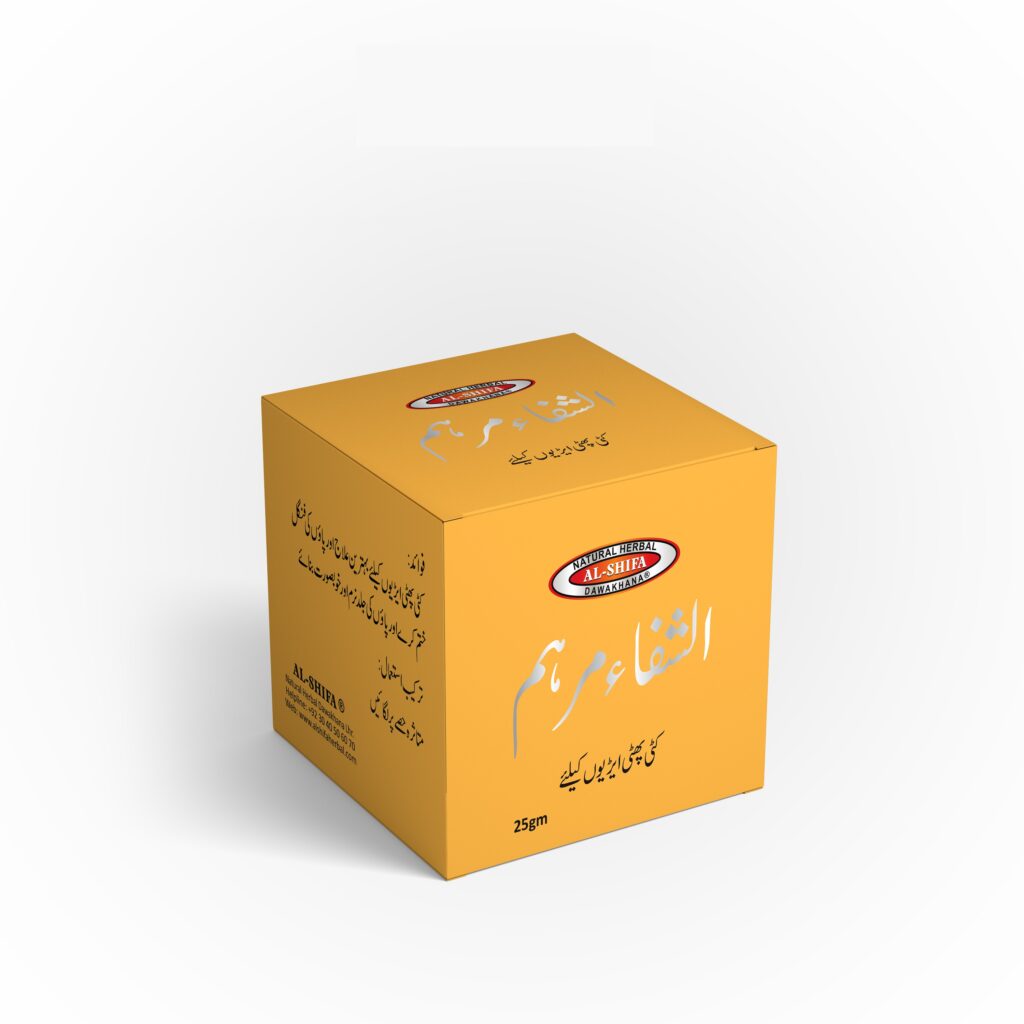



Reviews
There are no reviews yet.